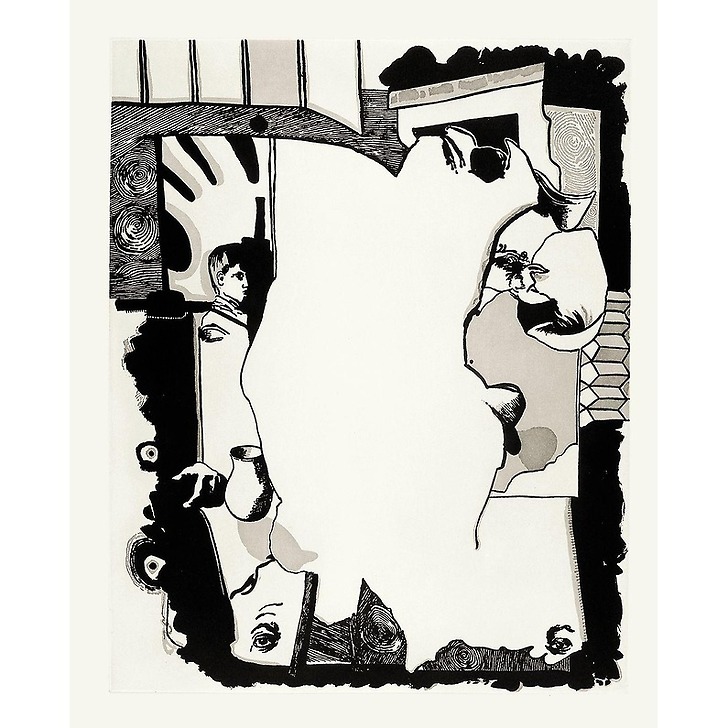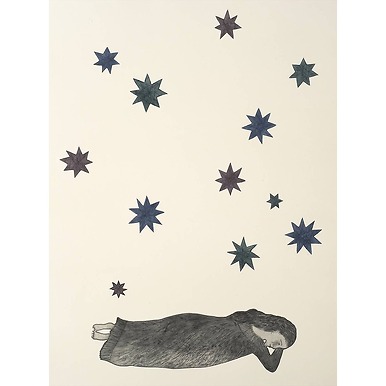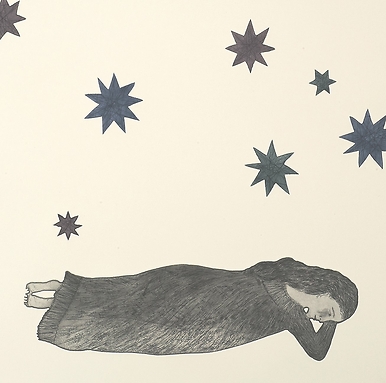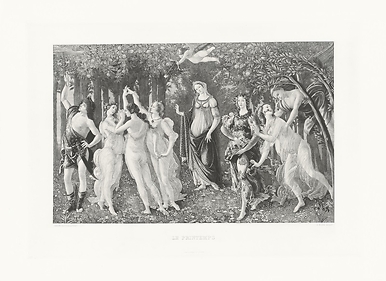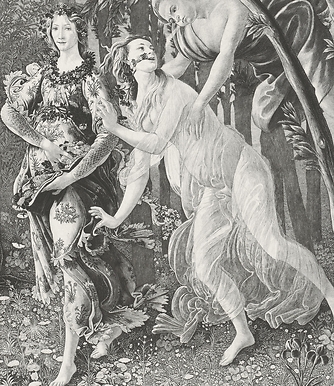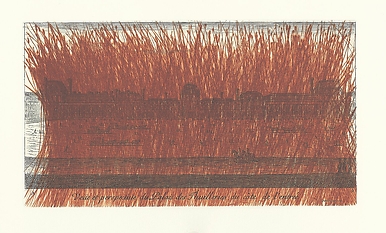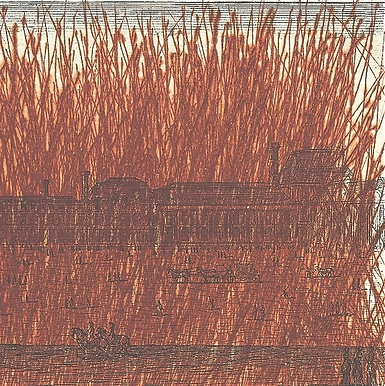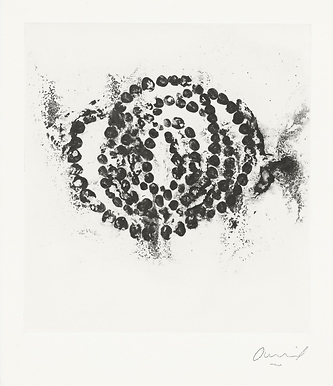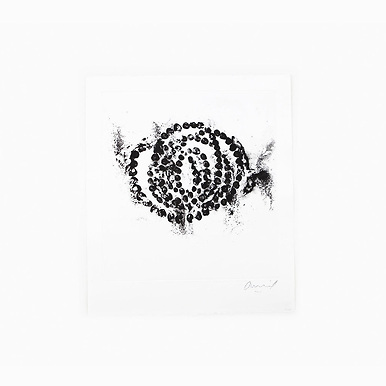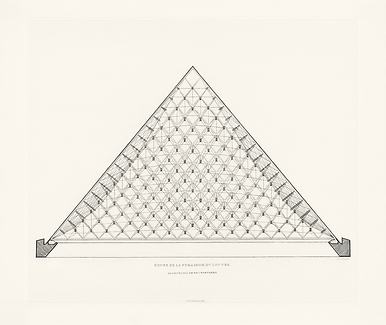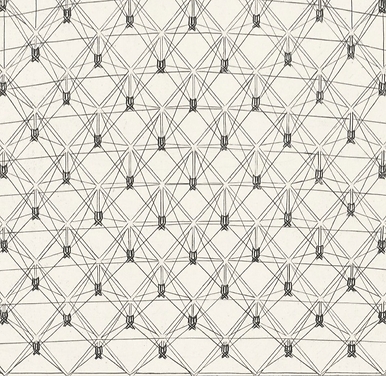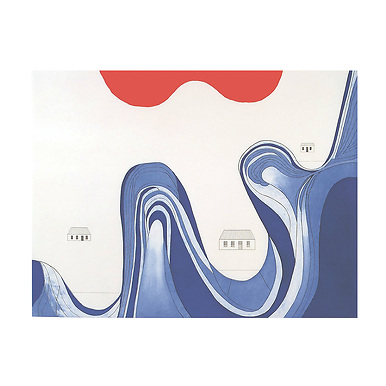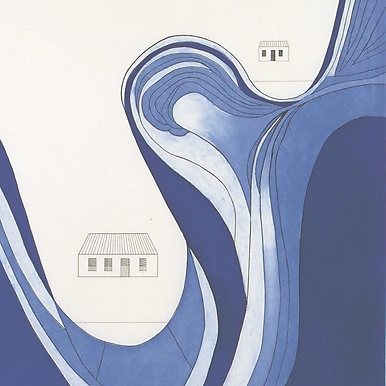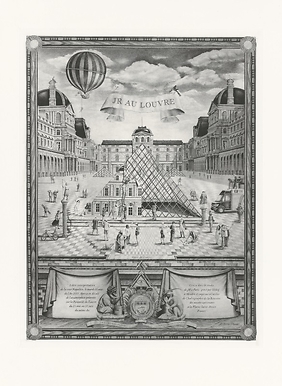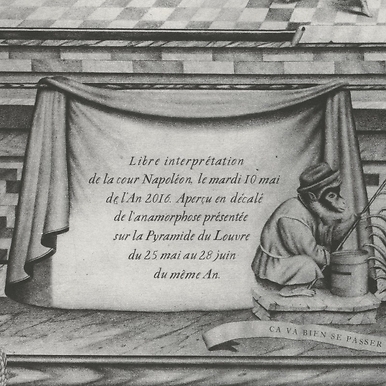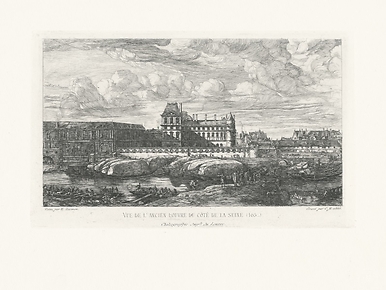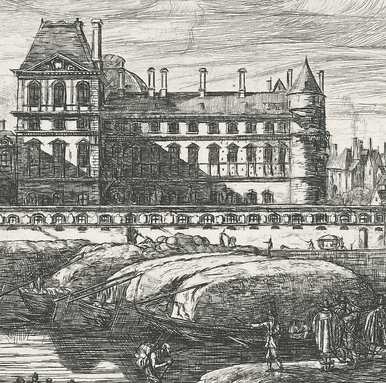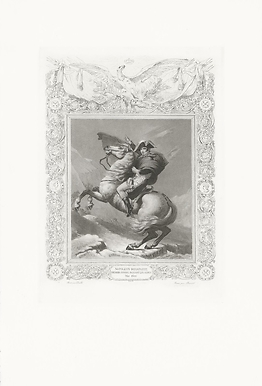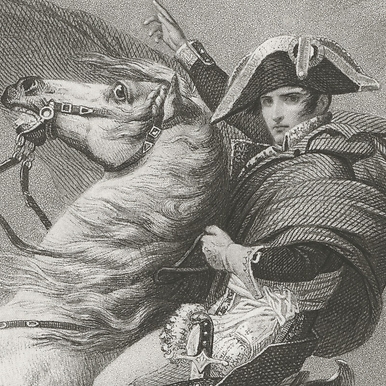Engraving The second farmers' meal - Jean-Michel Alberola 1996
KM011046
Since 1989, the Musée du Louvre and the Réunion des Musées Nationaux have entrusted contemporary artists with the task of producing engraved plates for the Chalcographie, which is responsible for the exclusive printing of the plates, with no limit on the number of prints.
Very different trends in contemporary...
Read more
Since 1989, the Musée du Louvre and the Réunion des Musées Nationaux have entrusted contemporary artists with the task of producing engraved plates for the Chalcographie, which is responsible for the exclusive printing of the plates, with no limit on the number of prints.
Very different trends in contemporary art are represented. Geneviève Asse rubs shoulders with Georg Baselitz, Pierre Courtin, Jean-Pierre Pincemin, Pat Steir, Jean-Michel Alberola, Robert Morris, Louise Bourgeois, Markus Raetz, Pierre Alechinsky or Agathe May.
Jean-Michel Alberola was born in 1953 in Saïda (Algeria). His family moved to France in 1962 and he pursued advanced studies at the Beaux-Arts de Marseille. The Templon Gallery in Paris organized his first exhibition in 1982.
Jean-Michel Alberola's work is part of a libertarian aesthetic tradition which, while multiplying the art of collage and quotation of great pictorial or literary works, hijacks and disguises them to create meaningful effects. In this way, the work seeks both to protect itself from the attraction of images, and to reappropriate them, giving them new force. The painting of the Peasants' Meal, by the Le Nain brothers in 1642, was frequently reproduced to become the archetype of the peasant world of the Ancien Régime. In his engraving, Alberola seeks to dismantle this image to highlight its iconic elements. The central part recalls the white tablecloth around which the characters are distributed, while the bread and pitcher on the table, the young boy standing and looking at us, the fireplace and the hat of one of the characters constitute the off-center elements of this scene.
Close
Sold by GrandPalaisRmn

